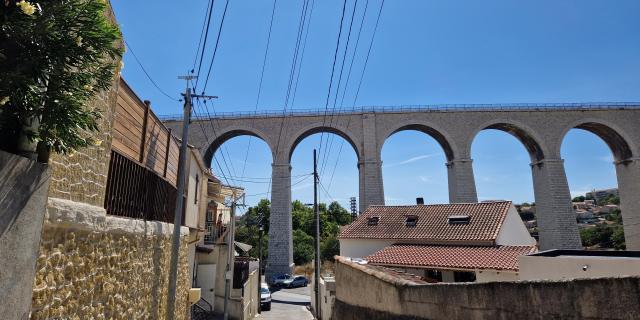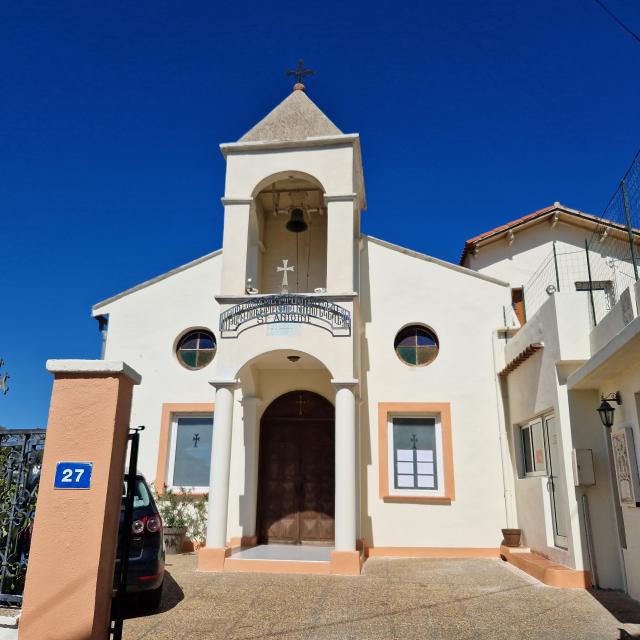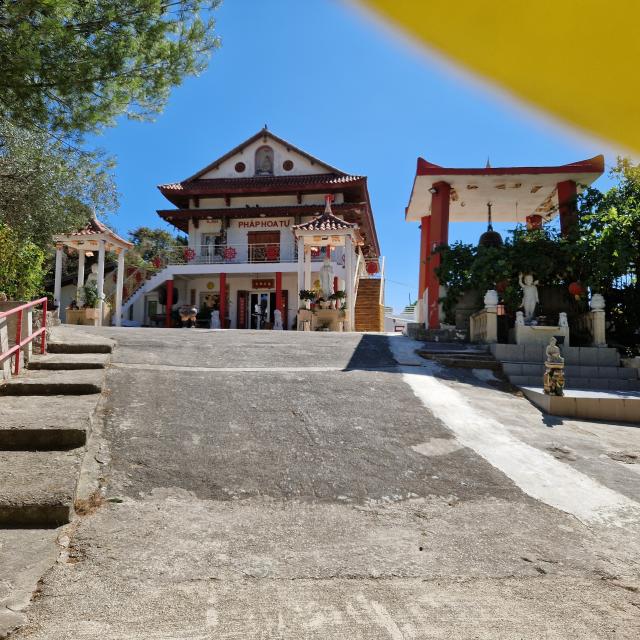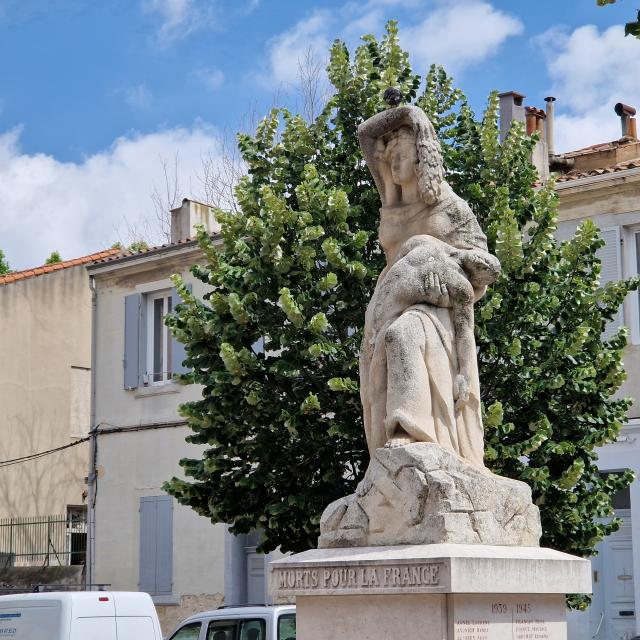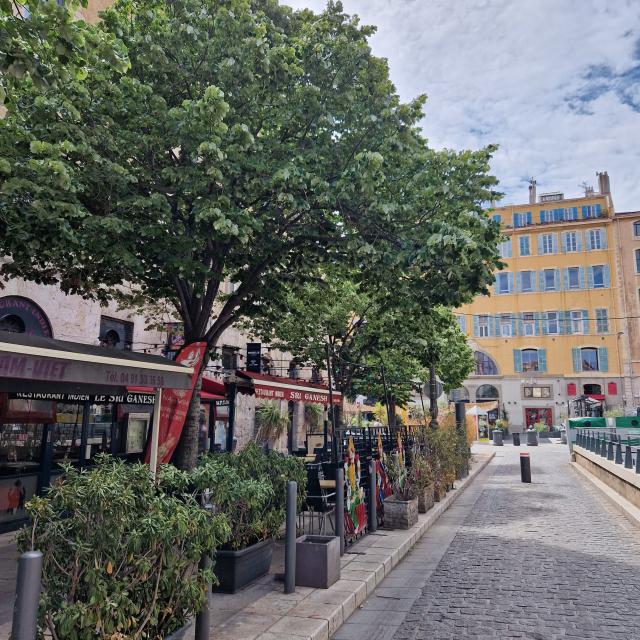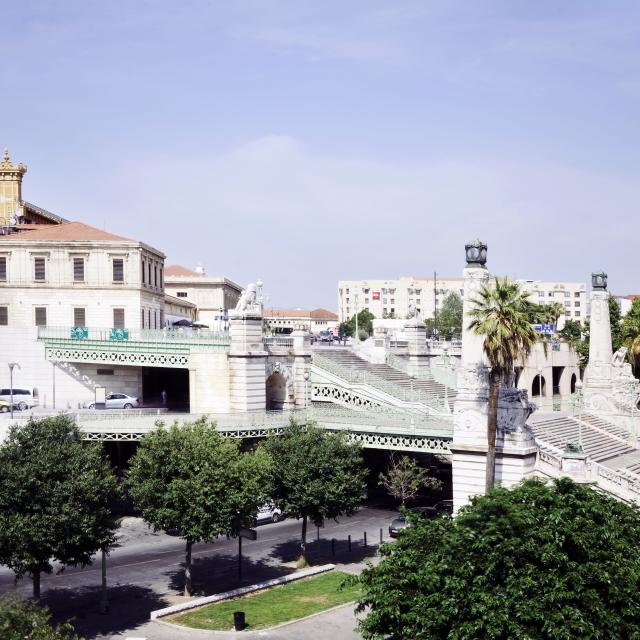A neighbourhood in the 15th arrondissement
Neighbouring the Saint-Antoine and Aygalades districts, Les Borels is located in the 15th arrondissement of Marseille. The origin of the name comes from the Occitan word borèl, meaning a cushion stuffed with bourre (coarse wool). The etymology of the term evolved to mean first of all the ring-shaped cushion put on the head to carry burdens, then became the padded collar for draught animals, before finally designating the harness. However, the district owes its name to the Borel family, who acquired the estate of the main farm overlooking the railway line.
The history of the Borels district
In 1878, the historian of Marseille’s districts Alfred Saurel described Les Bourelly, the name given to the current district, as a small hamlet nestling on the slope of a hill, close to Les Baumions and bordering the commune of Septèmes. Unlike the town’s other districts, Les Borels did not originate from a village nucleus.
Between the end of the 19th century and the beginning of the 20th century, the district was transformed into an urban landscape, as evidenced by the remains of lime kilns, the gradual disappearance of farms and country houses and the emergence of the railway line and the Marseille canal. Today, there are still a few traces of the old rural landscape, with the presence of a handful of country houses and sheds.
During the Battle of Marseille in August 1944, Algerian riflemen of the 7th RTA took possession of the north-eastern axis of Les Borels to surprise the German defences. During the operations, the district was severely hit by the batteries of the Foresta camp, which protected the flank of the Germans blocking the northern entrance to Marseille.
After the Second World War, the profile of the district changed completely, particularly with the construction of the Saint-Antoine motorway tunnel in 1947, which led to increased immigration and a proliferation of housing estates and apartment blocks. This tunnel represents one of the gateways to contemporary Marseille, symbolically expressed by the decoration of concrete bas-reliefs. To the north, Saint-Victor Abbey and Marseille town hall are represented by a boat, while to the south, Provence, the Palais des Papes in Avignon and the Arles bullring are symbolised by a woman. Created by sculptor Jean-Marie Baumel, this model evokes the city’s entry into the modern era.
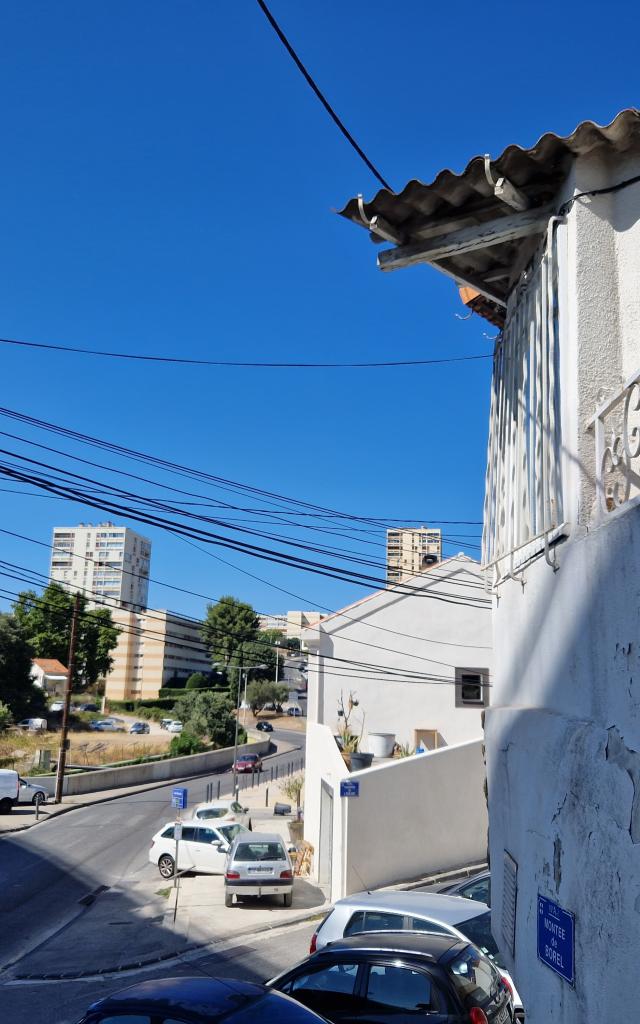 Les Borels 7
Les Borels 7